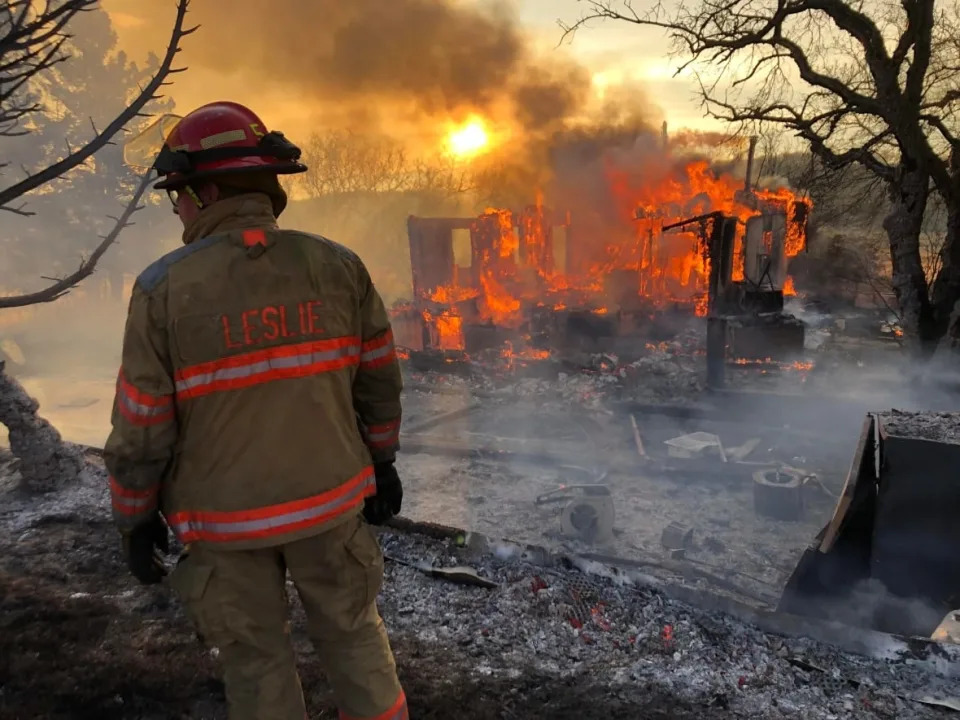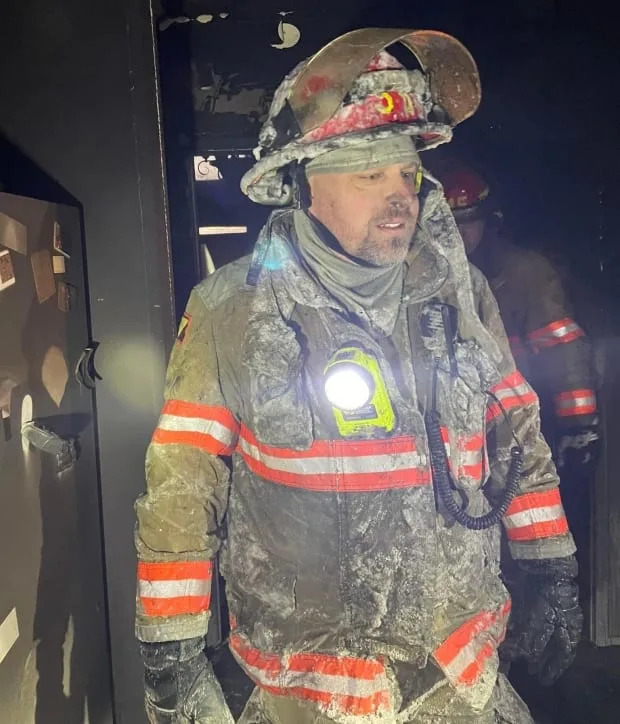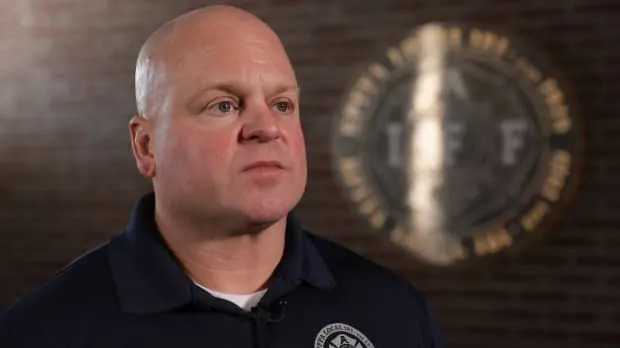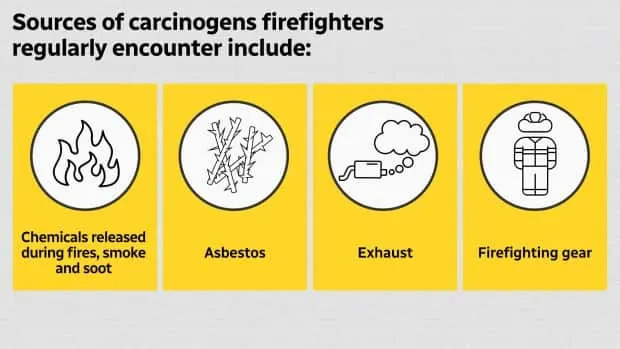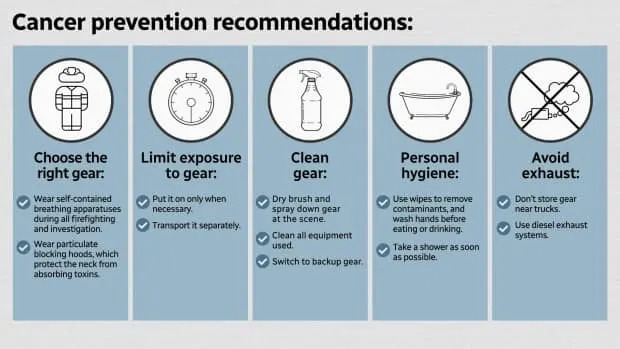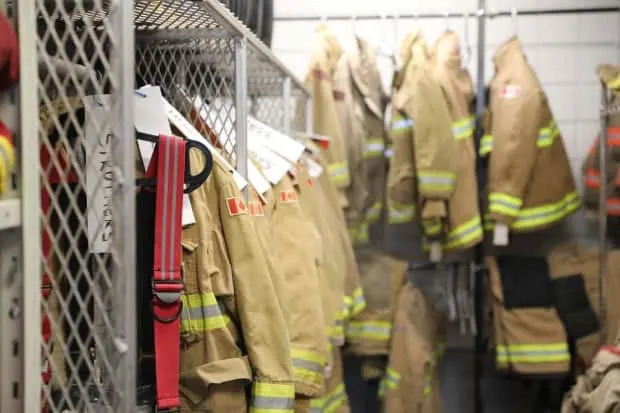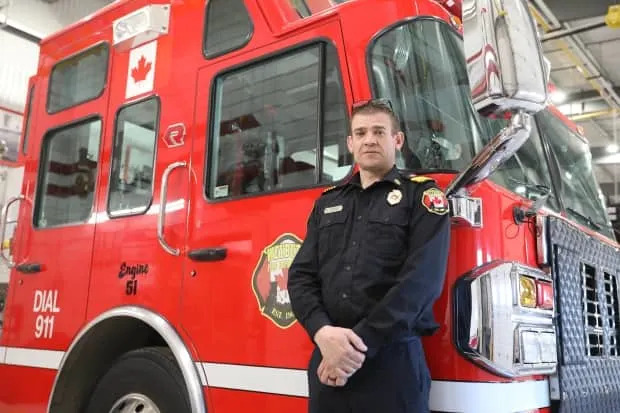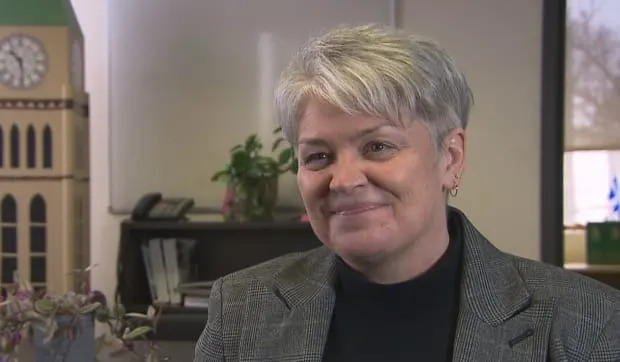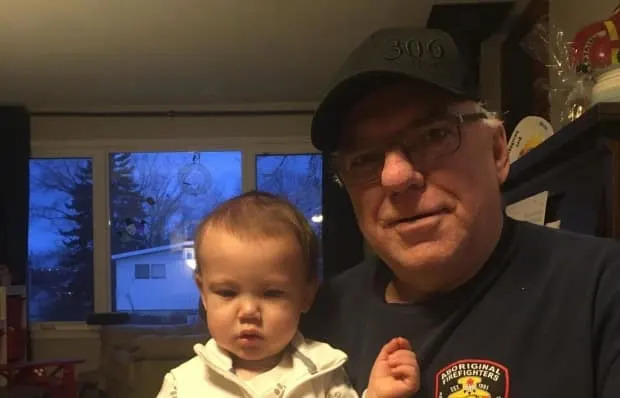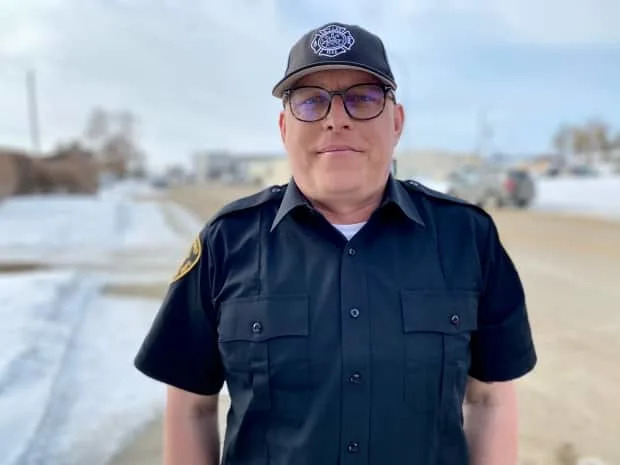Pesâkâstêw Solar Project To Provide Electricity For Thousands
- Category: Local News
- Written by Denis Conroy

Photo of some of the crew at the Pesâkâstêw Solar Project four kilometres southwest of the City of Weyburn.
(courtesy of Kathleen Funke from Natural Forces)
Clean energy has become a popular subject in recent times and only a few kilometres from Weyburn a huge solar farm is currently in development to help supply some of that energy to the Saskatchewan electrical grid.
"So far on the project we're having great progress," shared Kathleen Funke, Communications Manager for Natural Forces a clean energy business based out of Halifax, Nova Scotia. "We kicked things off in May and things have been going steady. And we're very excited about installing all of the racking and panels very shortly."

A construction worker drilling holes for fence posts. (courtesy of Kathleen Funke from Natural Forces)
The Pesâkâstêw Solar Project is a 10 Megawatt solar farm being created approximately 4 km southwest of the city of Weyburn on land with low environmental sensitivity.
The plan is to have the farm operational by the end of 2021 is it will be able to provide electricity to approximately 3,367 homes and, in doing so, will displace between 15,246-18,150 tonnes of CO2 equivalent annually.
"Natural Forces has their own construction company that allows us to hire some small local companies that might have not been able to bid in individually," Funke told. "We don't have crews so we make sure to hire as much locally as possible. The Pesâkâstêw partnership is between Natural Forces, George Gordon Developments of George Gordon First Nation, and Red Dog Holdings a development branch of Star Blanket Cree Nation. We are looking at having Indigenous workers on the site and we have at least a couple every week from the local First Nations. So we'll hire some local engineering, definitely construction, we've got people that were out there digging holes for fencing, electrical, all kinds of stuff. It depends on which stage of the project but all kinds of folks from the Weyburn and local area."
This project will require approximately 93.26 acres of land and will connect directly to the SaskPower substation adjacent to the site later this year.
Weyburn was chosen because of the high solar potential that the city has being located in the southern part of the province.
Electrical work, as well as tracker and module installation, are already underway and the commissioning of the project is expected to be in November 2021.

Recent photo of the project. (captured by Glenn Rogers)
The first public open house for the Pesâkâstêw Solar Project was held on March 6th, 2019 at the Captain's Hall in Weyburn and they hope to hold a second open house sometime this year after having to postpone last year due to the pandemic.
"Not only is this a majority Indigenous-owned project but this is one of the projects that going to get Saskatchewan on to their target to achieve fifty percent renewable energy by 2030," explained Funke. "Projects like this one are owned by the community and the money stays in those communities. They really help with community growth and for all of these Indigenous peoples to have their own independent income. That's on top of adding clean energy to the Saskatchewan electrical grid which is incredibly important these days."
The Pesâkâstêw Solar Limited Partnership came to fruition through the First Nations Power Authority and all three partners agreed that there needed to be more support for the Indigenous peoples in the areas surrounding their projects through employment, electricity, and partnerships.
Regular on-site inspections of the equipment, including solar panels, electrical connections, inverters, and transformers will be done on the Weyburn site, and based on these inspections repairs and maintenance will be carried out as needed.
Land inspections will also be part of the maintenance plan, conducted to monitor site drainage, monitor erosion, and assess the risk of grass fires. Land repairs and maintenance will be driven by the results of land inspections and snow removal will be dependent upon the final design of the farm.
"Our crews and staff that we have flown in are absolutely in love with the Weyburn area," Funke expressed. "They love the people, the culture, and the atmosphere. Everyone has really made our folks at home. These are lifelong partnerships and friendships and we're just really excited to be part of the community."
Sheep are being considered for vegetation control around the project area. There are several methods of controlling the vegetation being considered with all of them involving local Weyburn and area workers.

A better look at the sign and all of the partners involved. (captured by Glenn Rogers)




